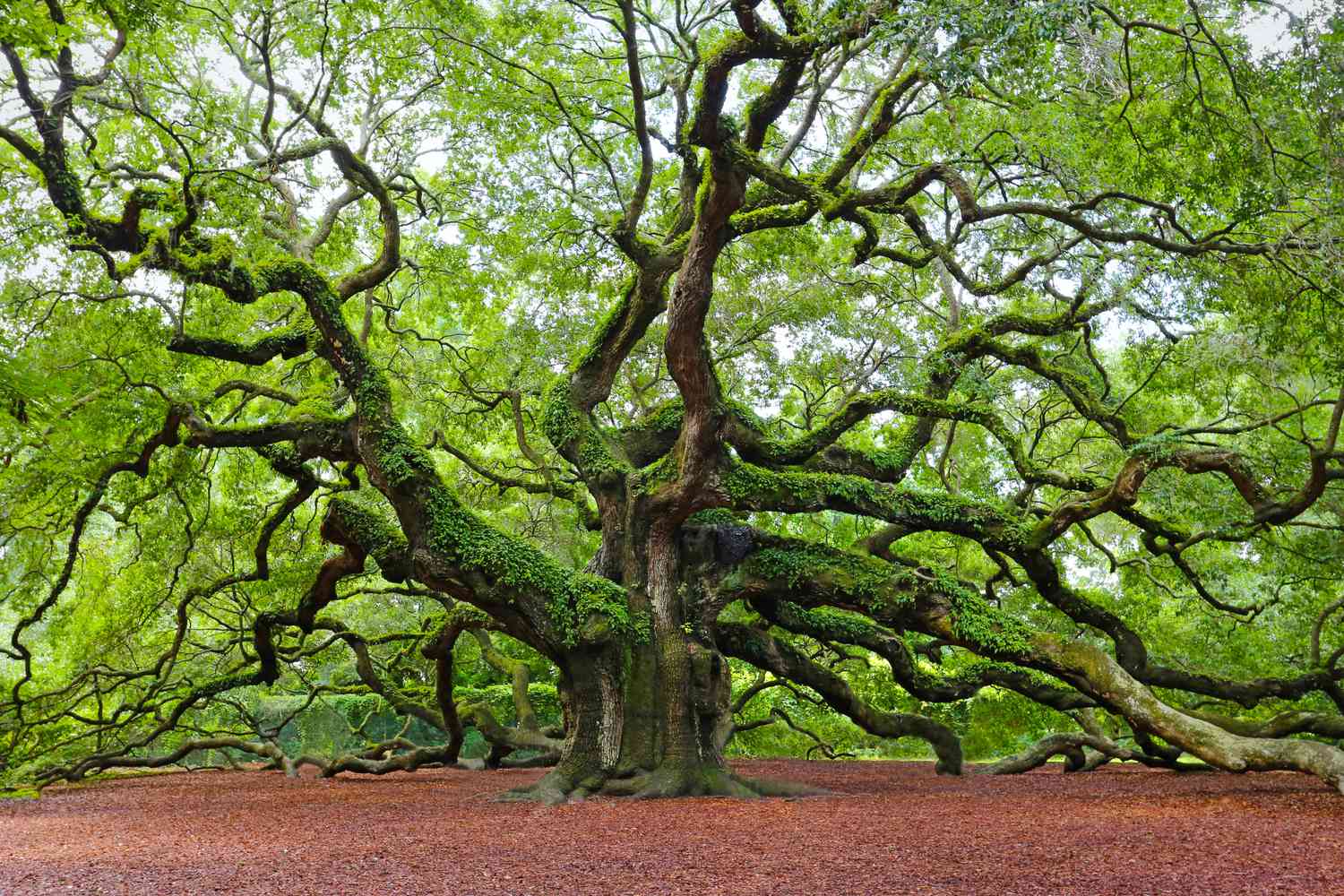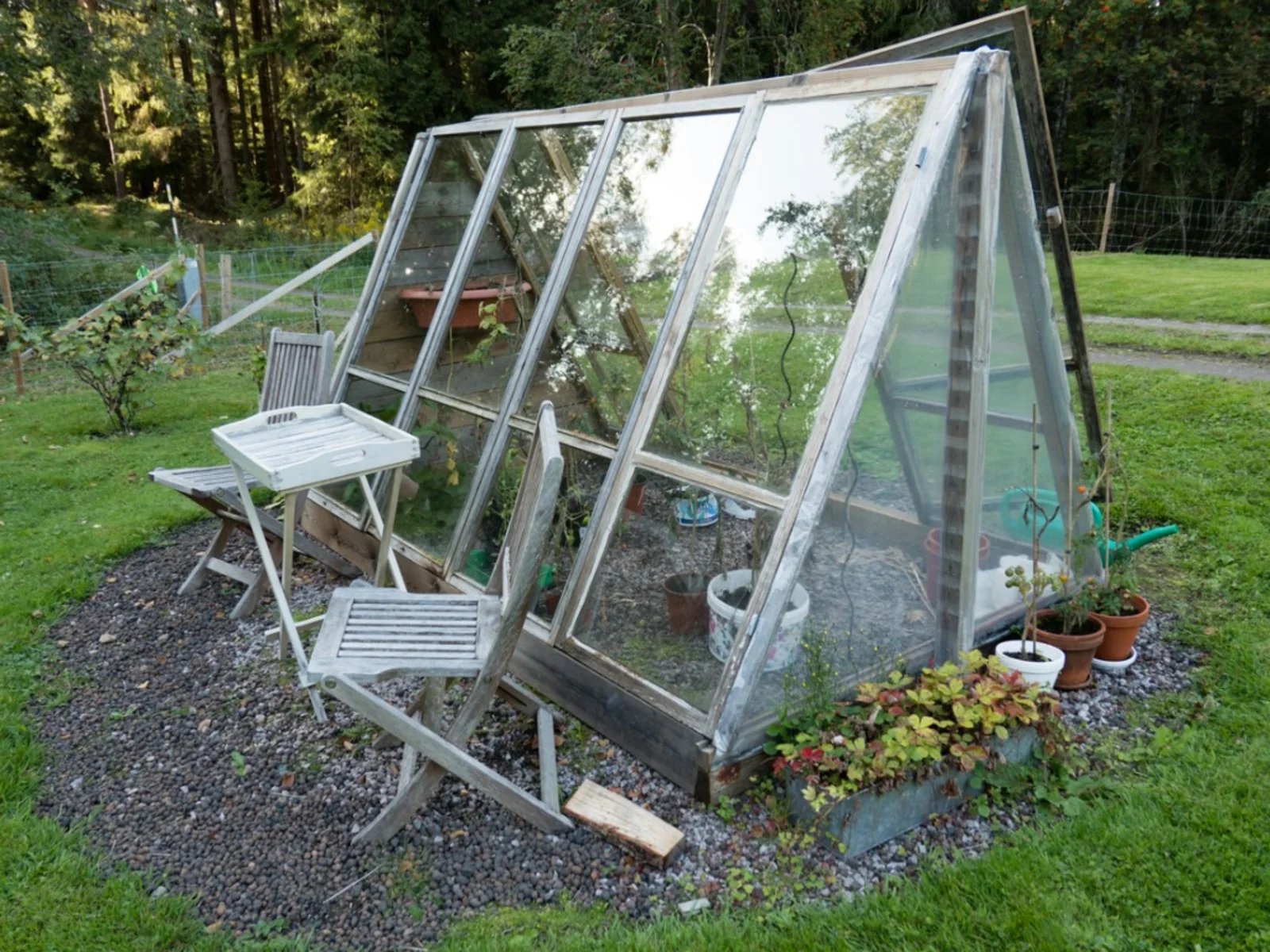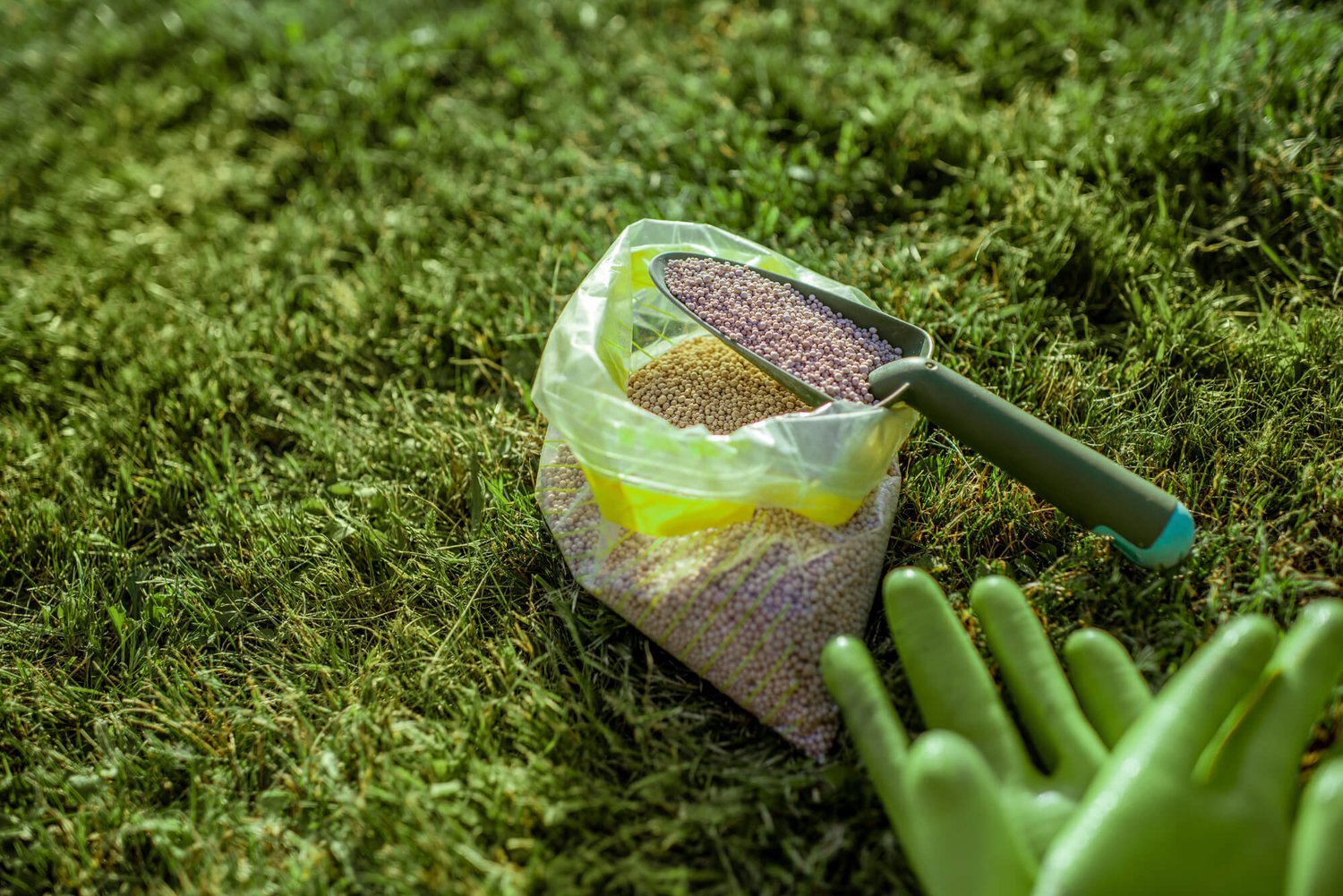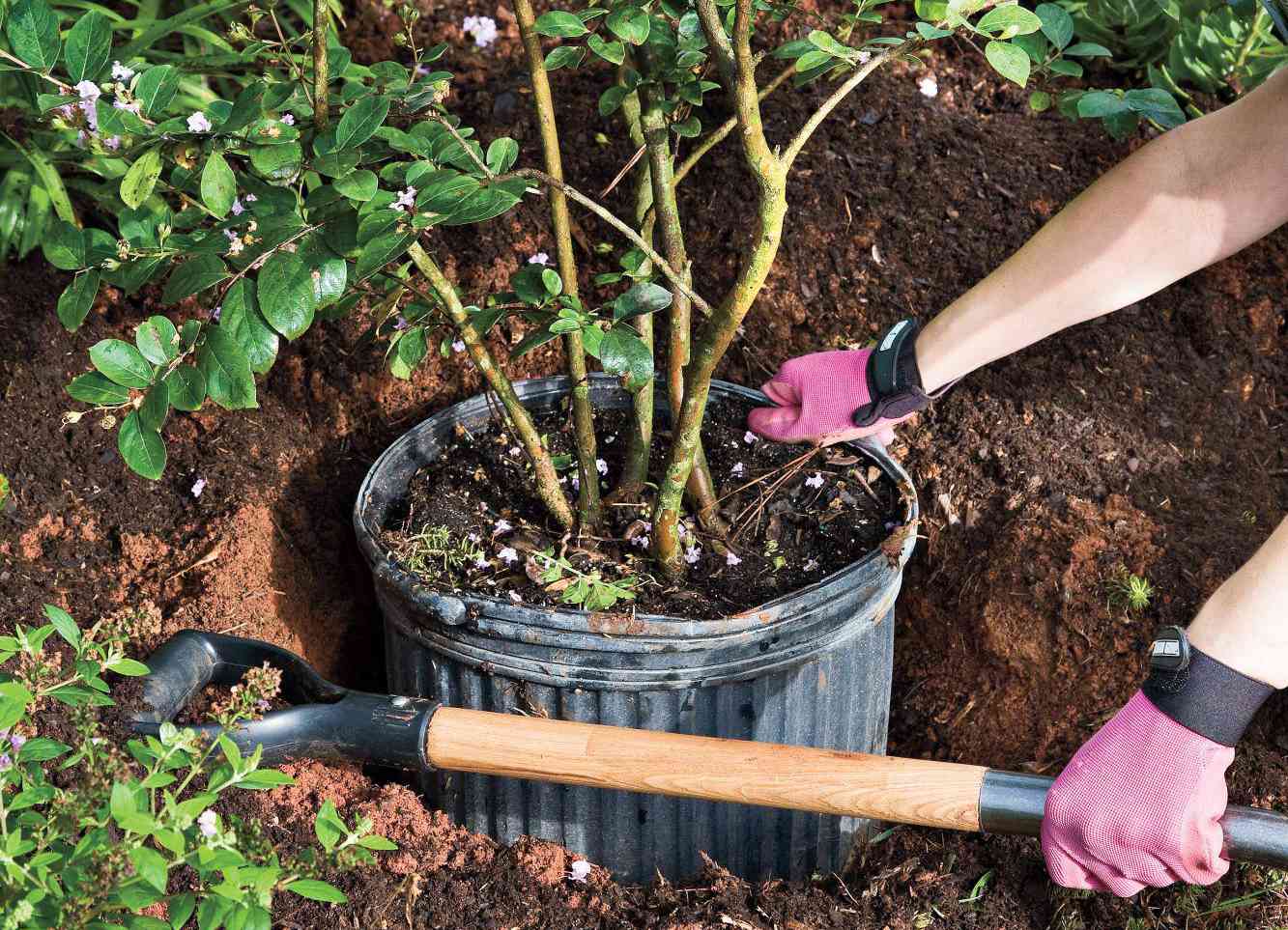Home>Gardening Techniques>Plant Care>How Old Should A Crape Myrtle Be Before Pruning


Plant Care
How Old Should A Crape Myrtle Be Before Pruning
Modified: January 22, 2024
Learn the proper plant care for your crape myrtle and discover when is the best time to prune. Find out how old your crape myrtle should be before pruning.
(Many of the links in this article redirect to a specific reviewed product. Your purchase of these products through affiliate links helps to generate commission for Chicagolandgardening.com, at no extra cost. Learn more)
Table of Contents
Introduction
Welcome to the world of crape myrtles! These stunning flowering trees are known for their vibrant blooms and graceful appearance, making them a popular choice among gardeners and landscaping enthusiasts. To ensure that your crape myrtle thrives and remains healthy, regular pruning is essential.
Pruning is a crucial part of plant care, and when it comes to crape myrtles, knowing the right time and method is key. Pruning contributes to the overall shape and structure of the tree, promotes proper air circulation, enhances flower production, and prevents diseases. However, pruning at the wrong time or using improper techniques can harm the tree. Therefore, it is crucial to have a good understanding of the best time to prune crape myrtles and the correct way to do so.
In this article, we will explore the importance of pruning crape myrtles, factors to consider before pruning, the ideal time to prune, proper pruning techniques, and common mistakes to avoid. By following these guidelines, you will be equipped with the knowledge necessary to care for and maintain your crape myrtle, ensuring its beauty for years to come.
The Importance of Pruning Crape Myrtle
Pruning crape myrtles is not just about aesthetics, but it is also essential for the overall health and vitality of the tree. Here are some key reasons why pruning is crucial:
- Promotes Healthy Growth: Regular pruning helps stimulate new growth and branching in crape myrtles. By removing dead or weak branches, you allow more nutrients and sunlight to reach the remaining branches, encouraging vigorous and healthy growth.
- Enhances Flower Production: Crape myrtles are renowned for their colorful and abundant blooms. Pruning plays a vital role in maximizing flower production. By selectively removing some branches, you allow the tree to focus its energy on producing larger, more vibrant flowers.
- Improves Plant Structure: Over time, crape myrtles can develop multiple stems or an uneven canopy. Proper pruning helps maintain a well-balanced and visually appealing tree structure. It also prevents the branches from overcrowding or rubbing against each other, reducing the risk of damage and disease.
- Aids in Disease Prevention: Pruning allows for better air circulation and sunlight penetration, which helps prevent the development of fungal diseases. Proper spacing between branches also reduces the likelihood of moisture buildup, minimizing the risk of diseases such as powdery mildew or black spot.
- Controls Size and Shape: Crape myrtles can reach considerable heights if left unpruned. By selectively removing branches, you can control the size and shape of the tree, making it more manageable for your landscape and preventing encroachment on nearby structures or plants.
Overall, pruning is a vital aspect of crape myrtle care. It not only enhances the aesthetic appeal of the tree but also contributes to its overall health, longevity, and disease resistance. By implementing proper pruning techniques, you can ensure that your crape myrtle thrives and remains a stunning centerpiece in your garden.
Factors to Consider Before Pruning
Before grabbing your pruning shears and starting to trim your crape myrtle, there are a few factors to consider. Consider the following before diving into the pruning process:
- Time of Year: The timing of pruning plays a crucial role in the health of your crape myrtle. It’s important to prune during the tree’s dormant season, which is typically late winter to early spring. Pruning during this time allows the tree to recover and regrow before the arrival of the growing season.
- Age of the Tree: The age of the crape myrtle determines the extent and frequency of pruning. Young trees require less aggressive pruning to establish their structure, while older trees may need more extensive trimming to rejuvenate growth and maintain their shape.
- Desired Shape and Size: Consider the desired shape and size of your crape myrtle before pruning. Different pruning techniques can be used to achieve specific forms, such as single trunk, multi-trunk, or shrub-like. Visualize how you want your tree to look and plan your pruning accordingly.
- Health of the Tree: Assess the overall health of your crape myrtle before pruning. Remove any dead, diseased, or damaged branches to prevent the spread of diseases and to promote better overall tree health.
- Climate and Growing Conditions: Take into account the climate and growing conditions in your region. In colder regions, it is important to leave some of the old growth intact to provide protection during winter months. Understanding the specific needs of your crape myrtle in your climate will help inform your pruning decisions.
- Pruning Tools: Ensure that your pruning tools are clean, sharp, and in good working condition before starting the pruning process. Dull or unclean tools can damage the tree, invite diseases, and make the pruning process more difficult.
By considering these factors before pruning your crape myrtle, you can make informed decisions and ensure that your tree remains healthy, well-shaped, and visually appealing. Remember, proper planning and careful consideration are the keys to successful crape myrtle pruning.
When to Prune Crape Myrtle
The timing of pruning is crucial for the health and growth of your crape myrtle. Pruning at the right time ensures that the tree can recover and thrive, while pruning at the wrong time can result in stunted growth and reduced flowering. Here are some guidelines for when to prune your crape myrtle:
- Prune during Dormant Season: The ideal time to prune crape myrtles is during the dormant season, which is typically late winter to early spring. During this period, the tree is not actively growing, making it less susceptible to damage and stress. Pruning during the dormant season allows the tree to heal and recover before the start of the growing season.
- Avoid Pruning in Late Summer or Fall: Pruning crape myrtles in late summer or fall can stimulate new growth that may not have sufficient time to harden off before winter arrives. This can leave the tree vulnerable to cold weather damage. Additionally, late-season pruning can disrupt the formation of flower buds for the following year, resulting in reduced blooming.
- Wait for Frost Danger to Pass: If you live in an area with late frosts, it is important to wait until the danger of frost has passed before pruning. Pruning too early can cause new growth to emerge prematurely, making it susceptible to frost damage. Monitor the local weather conditions and consider the frost dates in your region before pruning.
- Exceptions for Severe Damage or Disease: In some cases, you may need to make exceptions to the general pruning guidelines. If your crape myrtle has suffered severe damage from storms or is infected with a disease, it may be necessary to prune immediately, regardless of the time of year. Removing damaged or diseased branches promptly can help prevent further spread and promote the tree’s recovery.
By adhering to the proper timing for pruning crape myrtles, you can ensure that your tree remains healthy, vigorous, and ready to burst into a spectacular display of blooms when the growing season arrives.
How to Prune Crape Myrtle Properly
Pruning crape myrtles requires careful consideration and proper technique to ensure the tree’s health and aesthetic appeal. Here are step-by-step instructions on how to prune crape myrtles properly:
- Remove Dead or Diseased Branches: Start by identifying and removing any dead, diseased, or damaged branches. Use clean pruning shears or loppers to make clean cuts just outside the branch collar, the swollen area where the branch connects to the trunk or larger branch.
- Thin Out Overcrowded Branches: Thin out overcrowded branches to improve airflow and reduce the risk of diseases. Selectively remove some branches that are crossing each other or growing towards the center of the tree. Aim to create an open and well-structured canopy.
- Shape the Tree: Determine the desired shape for your crape myrtle and prune accordingly. If you prefer a more tree-like form, select 3-5 strong, evenly spaced branches to serve as the main trunks and remove the rest. For a shrub-like form, prune the branches to a desired height and shape the canopy to be more rounded. Avoid over-pruning, as this can result in excessive regrowth and weak branching.
- Trim Long Branches: Cut back any long or leggy branches to maintain a more compact and visually appealing tree. Make the cut just above a bud or a lateral branch to encourage new growth and promote better branching.
- Avoid “Crape Murder”: One of the most common mistakes in crape myrtle pruning is known as “crape murder,” where the tree is pruned too severely, leaving only stubs or knobby growth. Avoid this harmful practice as it weakens the tree, reduces blooming, and disrupts its natural form.
- Apply Pruning Sealant (Optional): Although not necessary, you can apply a pruning sealant to the cut ends of larger branches to reduce the risk of disease and speed up the healing process. Be sure to follow the manufacturer’s instructions when using pruning sealant.
Remember, crape myrtles have a beautiful natural form, so it’s best to only prune what is necessary to maintain health, shape, and size. Step back periodically as you prune to assess the tree’s symmetry and overall appearance. With proper technique and a mindful approach, your pruned crape myrtle will flourish and showcase its stunning blooms.
Common Pruning Mistakes to Avoid
Pruning crape myrtles can be a delicate process, and it’s important to avoid common mistakes that can harm the health and beauty of the tree. Here are some common pruning mistakes to be aware of and avoid:
- Crape Murder: This is the practice of severely pruning crape myrtles, leaving behind stubs or “knuckles.” This practice weakens the tree, disrupts its natural form, and reduces flowering. Avoid crape murder by pruning selectively and respecting the tree’s natural shape.
- Pruning at the Wrong Time: Pruning crape myrtles at the wrong time, such as in late summer or fall, can result in reduced flowering and vulnerability to cold weather. Always prune during the dormant season, typically in late winter to early spring.
- Over-Pruning: It can be tempting to remove too many branches or limbs, but over-pruning weakens the tree and can lead to excessive regrowth. Maintain a balanced canopy and avoid excessive pruning to preserve the tree’s health and natural beauty.
- Using Dull or Unclean Tools: Pruning with dull or dirty tools can damage the tree and invite disease. Ensure your tools are sharp and clean before pruning. Disinfect cutting surfaces between cuts, especially if pruning diseased branches, to prevent the spread of infection.
- Not Removing Dead or Diseased Branches: Dead or diseased branches should be promptly removed to prevent the spread of disease and encourage healthy growth. Failing to remove these branches can compromise the overall health and appearance of the crape myrtle.
- Pruning Too High or Too Low: When selectively removing branches, take care to make clean cuts just outside the branch collar. Pruning too high or too low can result in slow healing and leave the tree susceptible to diseases and pests.
Remember, pruning should be done with care and consideration for the tree’s well-being. It’s always better to err on the side of caution and prune conservatively rather than over-pruning. By avoiding these common pruning mistakes, you can maintain the health, vitality, and aesthetic appeal of your crape myrtle.
Conclusion
Pruning crape myrtles is an important aspect of plant care that contributes to the overall health, appearance, and blooming of these beautiful trees. By understanding the significance of pruning, considering various factors before starting, knowing the appropriate timing, and employing proper pruning techniques, you can ensure that your crape myrtle thrives and remains a stunning focal point in your garden.
Remember to prune your crape myrtle during the dormant season, making clean cuts to remove dead or diseased branches and thinning out overcrowded growth. Take care to shape the tree according to your desired form while avoiding excessive pruning or the damaging practice of “crape murder.” Using sharp and clean tools is essential to minimize damage and prevent the spread of diseases.
Avoid common pruning mistakes such as pruning at the wrong time, over-pruning, and neglecting to remove dead or diseased branches. These errors can compromise the health and appearance of your crape myrtle.
By following these guidelines and putting in a little effort and care, you can ensure that your crape myrtle remains healthy, vibrant, and a source of delight in your landscape. Happy pruning!









